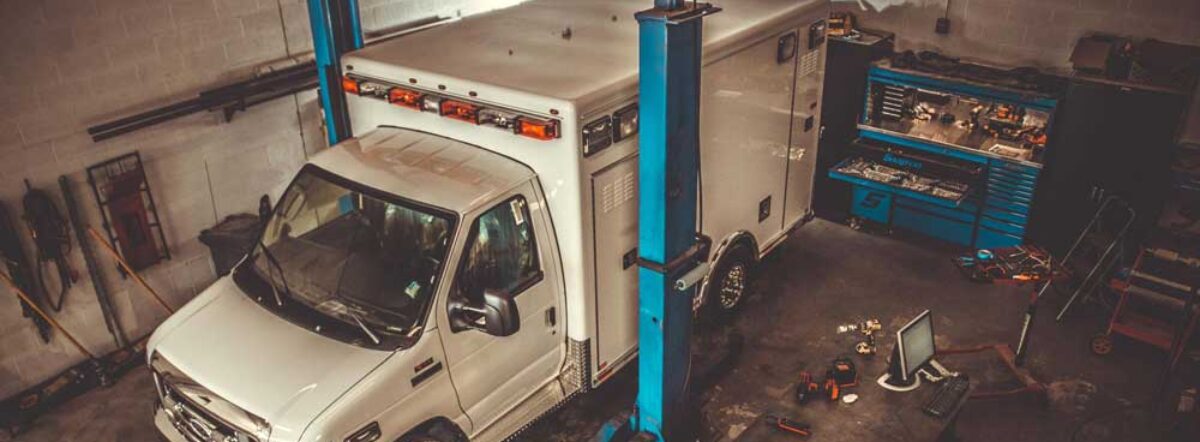Things to Consider to Improve Ambulance Safety
Whether you are looking for an ambulance for sale or have ones that you would like to improve, safety is the first thing to consider. Safety is an essential factor when it comes to matters of transportation. This need increases considerably when the vehicle in question is an ambulance. The nature of its activities and the patients it carries necessitate additional safety procedures. It is normal to see ambulances at high speeds in times of emergencies due to the condition of the patients. The ambulances are also known to go into areas that may have rough terrains and poor roads.
These factors mentioned create a need for heightened safety standards to be implemented on the ambulances. There are several considerations that you should make to improve ambulance safety effectively.
Training and Procedures
Training the personnel using the ambulance is an essential factor. A clear and thoughtful plan should be put in place to provide thorough training. The providers of this immediate essential service should be taken through a rigorous program regardless of their experience, age, or education.
This training should cover all the areas of operation before, during, and after an emergency. The drivers need to take refresher courses since driving an emergency vehicle can prove to be very dangerous. Together with the medics, they need basic medical training in case of extreme situations. It is also crucial that a standard procedure of operation is in place for effectiveness.
Maintenance
The ambulances currently being used are modern, hi-tech machines that need a comprehensive and proper maintenance schedule for the safety of the personnel and the patient. Having regular maintenance services helps eliminate cases of breakdowns and expensive repairs. Ensure that the ambulance has a service location that is reputable with technicians trained in handling emergency vehicles.
Visibility of the Vehicle
The visibility of the ambulance is essential for other people to know when it is parked and when it is approaching. The safety of the personnel mostly relies on motorists and pedestrians identifying with the vehicle. Several factors help determine this visibility; they include the ambulance size, the color, the lightings, the warning and alert system, and vehicle markings.
Modern standards recommend that the ambulance’s retro-reflective striping increases by 25% on the front side and 50% on the remaining sides.
Chassis and Suspension
The chassis and the suspension are critical components of the safety of the ambulance. The nature of the load that the ambulance is going to carry should determine the strength of the ambulance chassis. The chassis you select should exceed the maximum estimated weight that you expect to carry.
Always consider the Gross vehicle weight rating (GVWR), which is the highest operating weight of the ambulance. If you undermine this factor with loads above it, the vehicle may become hard to break and stop, especially at high speeds.
Secure Cot for the Patient
The patient in transit in the ambulance needs safeguarding too. The cot should have a secure design to ensure the patient is safe in case of any in-eventuality. Ensure that medical supplies, litter, and medical bags are in a secure location in the ambulance.
In addition to the above measures, you can also consider several other factors. These include investing in a cot lifting system to protect the patient during lifting, safe seats, warning devices, and design specifications form different manufacturers.
Conclusion
In modern-day health care systems, safety and security are a significant concern. The ability to invest in some of the factors mentioned above makes this practical and viable. Proactive action will save you a lot in the safety of the crew and the ambulance.


